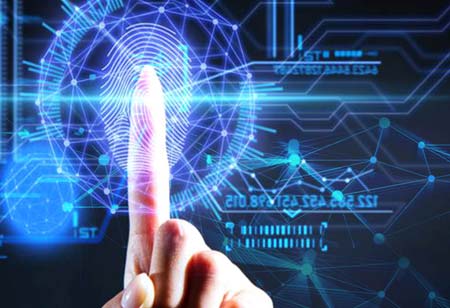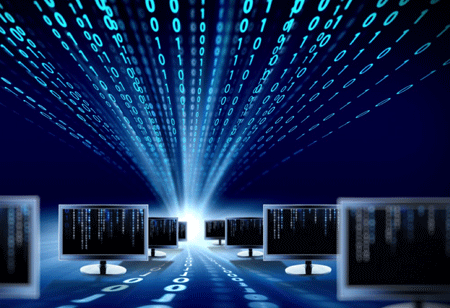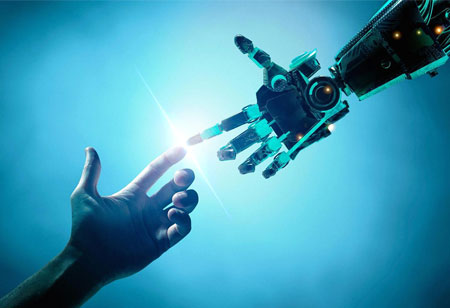THANK YOU FOR SUBSCRIBING
Important Technology Trends in Healthcare
Telehealth will help to bridge the gap between rural and urban communities even further. One of the major advantages of telehealth over in-person options is that it lessens contact between patients, healthcare workers, and other patients.

By
Apac CIOOutlook | Thursday, November 18, 2021
Stay ahead of the industry with exclusive feature stories on the top companies, expert insights and the latest news delivered straight to your inbox. Subscribe today.
Telehealth will help to bridge the gap between rural and urban communities even further. One of the major advantages of telehealth over in-person options is that it lessens contact between patients, healthcare workers, and other patients.
FREMONT, CA: In the last two decades, technology has had a far-reaching impact on the healthcare industry. And the complications of the corona pandemic have given this even more impetus in the last 18 months. Artificial intelligence (AI), machine learning (ML), the Internet of Medical Things (IoMT), big data, and blockchain are some of the factors driving these technological advancements in healthcare, all of which have a significant positive impact on people's quality of life. Telemedicine, Mobile Health, Virtual Reality (VR), Cloud Computing, Nanotechnology, 3D Printing, and Predictive Analytics are other trends that are catalyzing extraordinary results. So, what do all of these trends imply?
Some of the critical trends for the next few years will be:
Telehealth & Telemedicine- Telehealth will help to bridge the gap between rural and urban communities even further. One of the major advantages of telehealth over in-person options is that it lessens contact between patients, healthcare workers, and other patients. The corona pandemic has increased the use of telehealth resources. The expansion of telehealth appears likely to continue even after the pandemic is over.
Virtual Reality- It is already having an impact on healthcare in a variety of ways, from training doctors to assisting individuals in overcoming phobias. Furthermore, several potential applications for Virtual Reality could change the way doctors view and treat chronic diseases. According to recent research, there are three main applications for virtual reality in medicine: as a diagnostic, treatment, and therapy tool and as an educational resource. More particularly, Virtual Reality has already demonstrated significant benefits in improving treatment efficacy, lowering patient care costs, improving access to specialists, and speeding the development of new drugs. Furthermore, Virtual Reality is an exciting trend in healthcare that is being used in many countries to train surgeons and provide therapy following traumatic events such as terrorist attacks or natural disasters.
Wearables and Smart Devices- A variety of wearable devices are now constantly monitoring a patient's vital parameters. Wearables include medical devices that are embedded (into patients' bodies), such as pacemakers and cochlear implants, as well as those that are worn on the body's surface, such as glasses, watches, sensors, and even clothing. These wearable devices provide healthcare workers with real-time data on patients while they are still at home.





